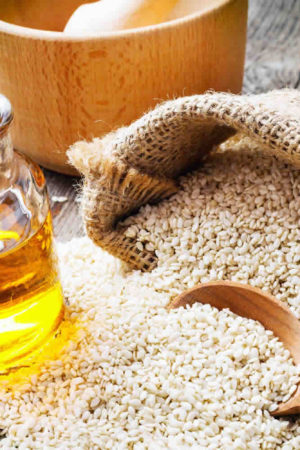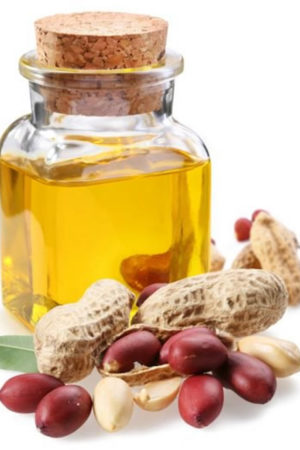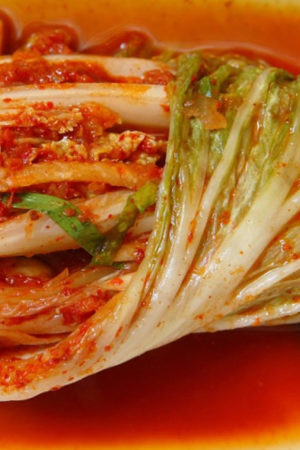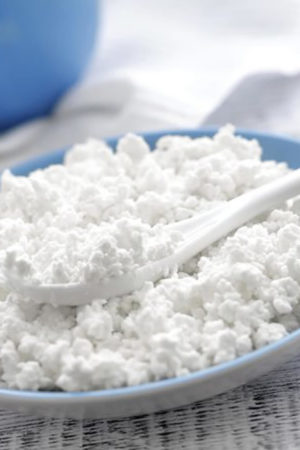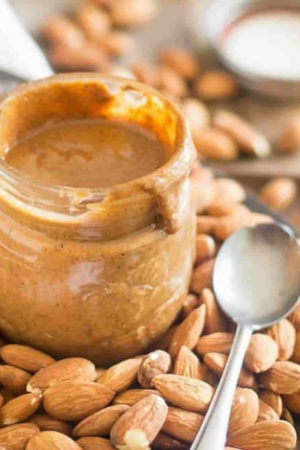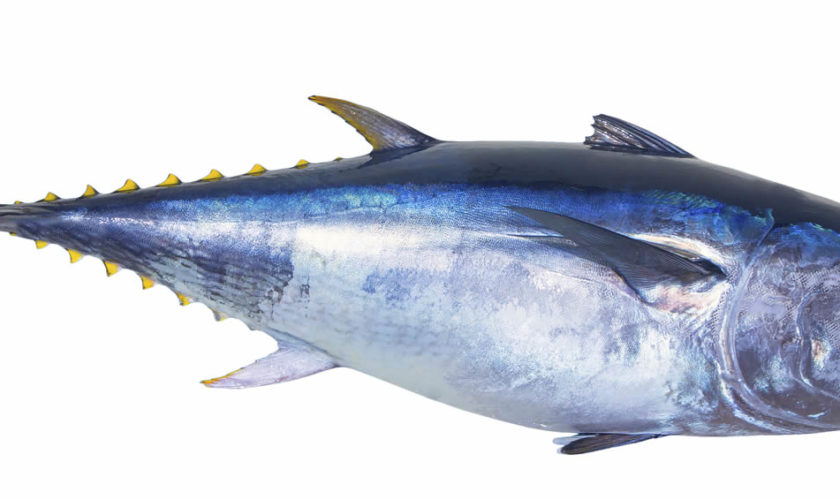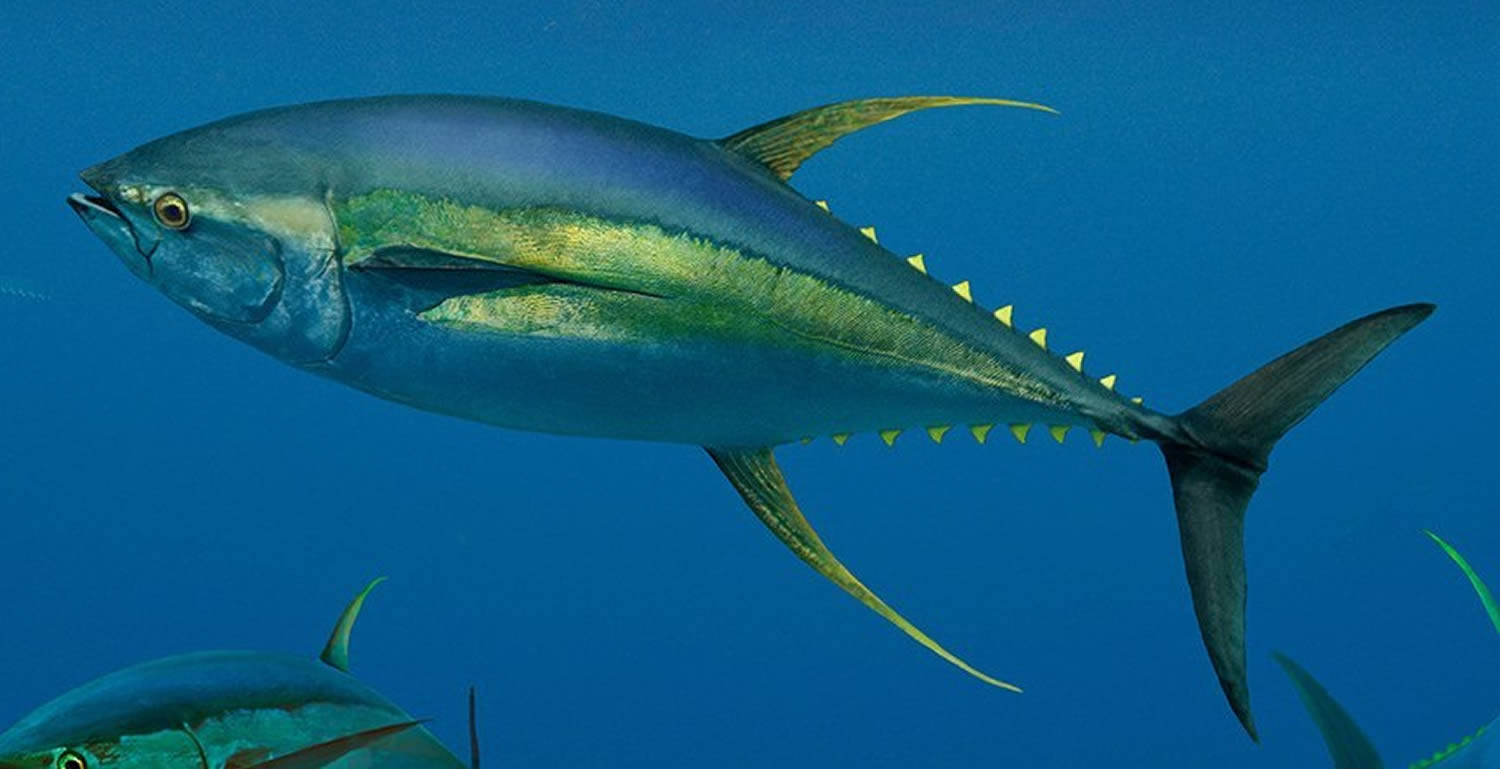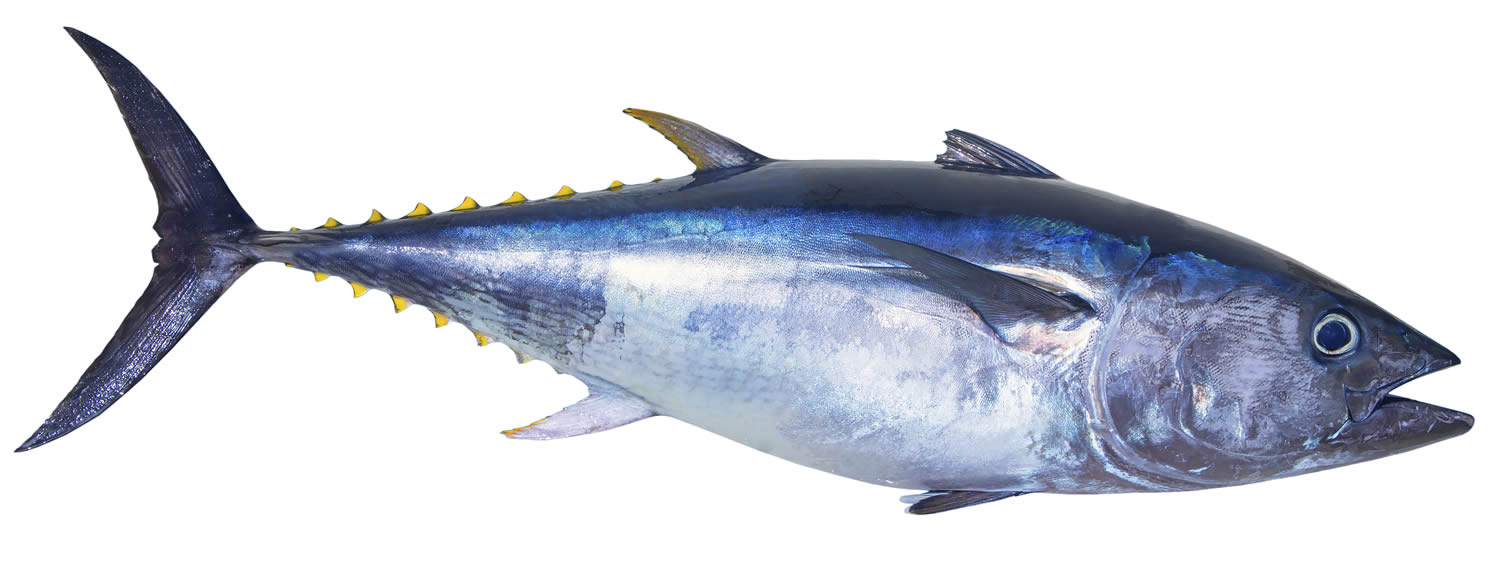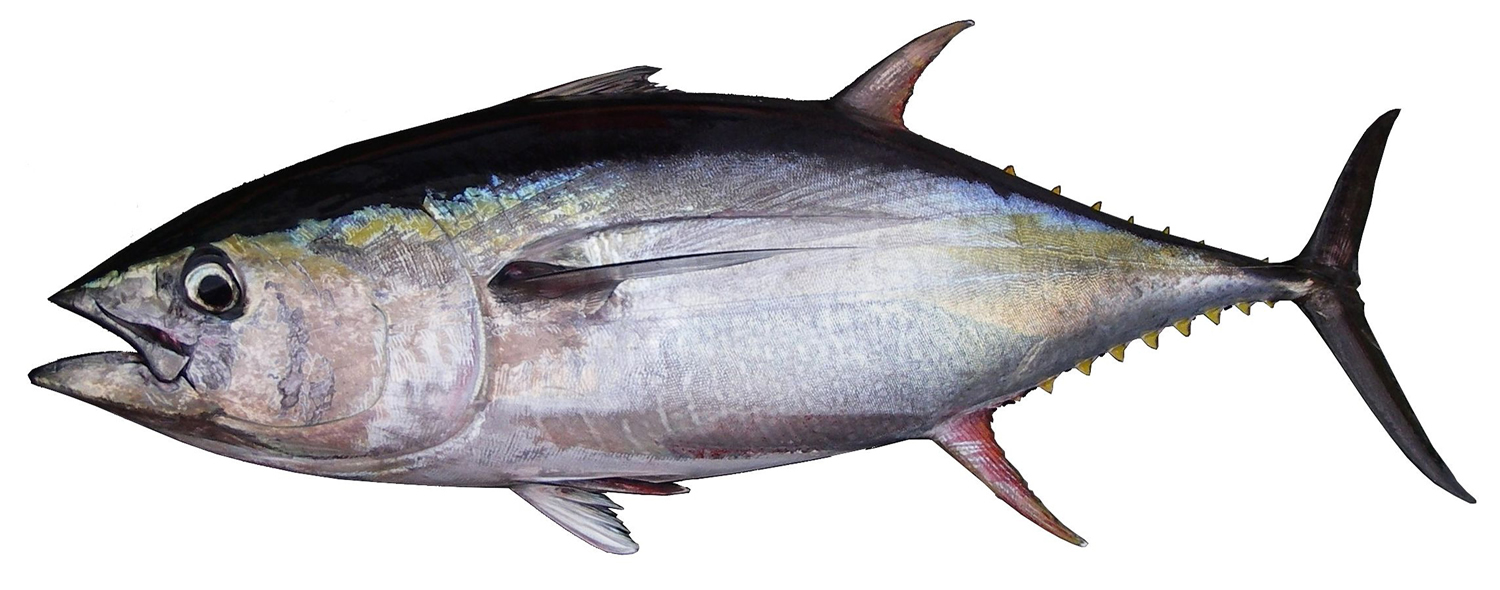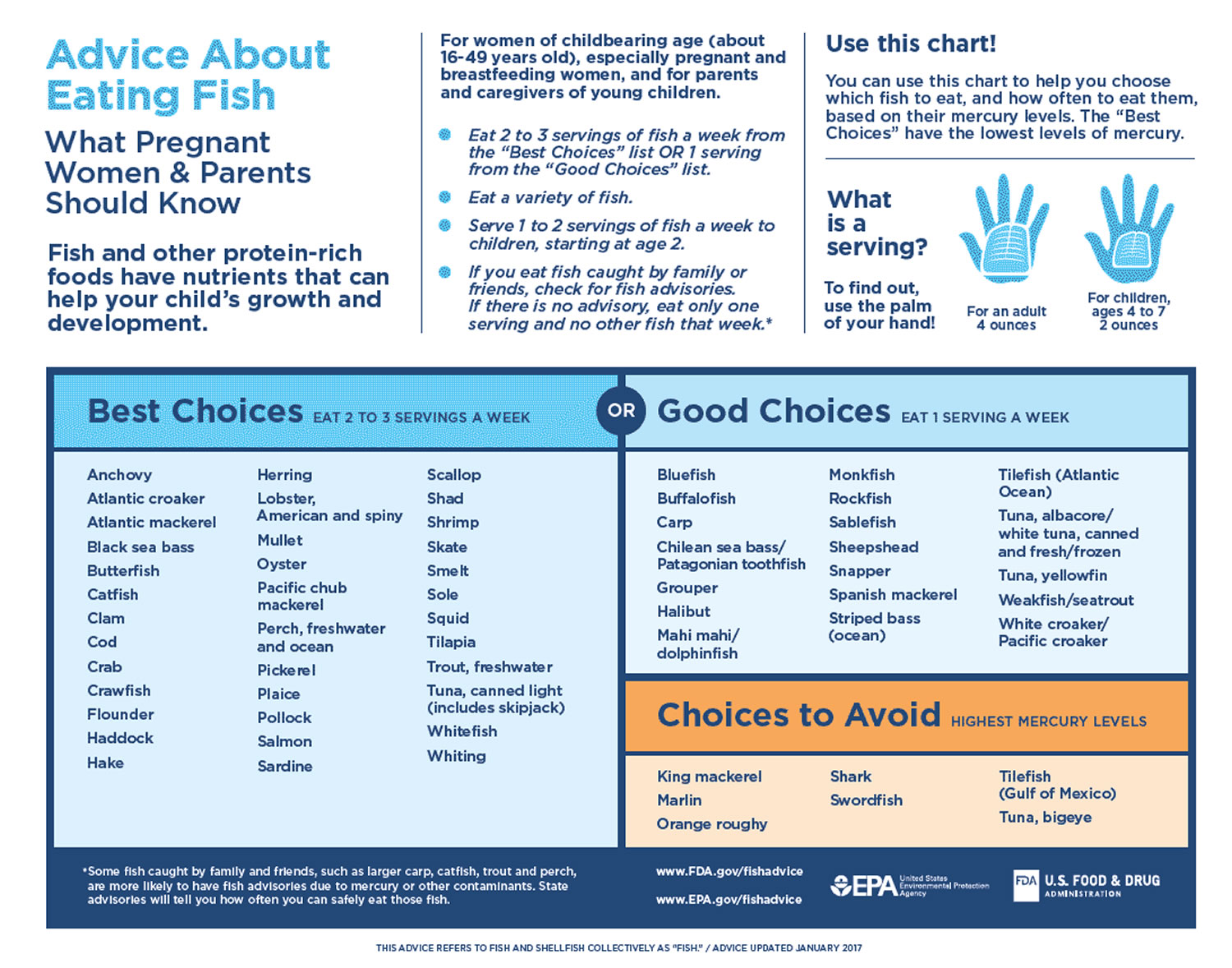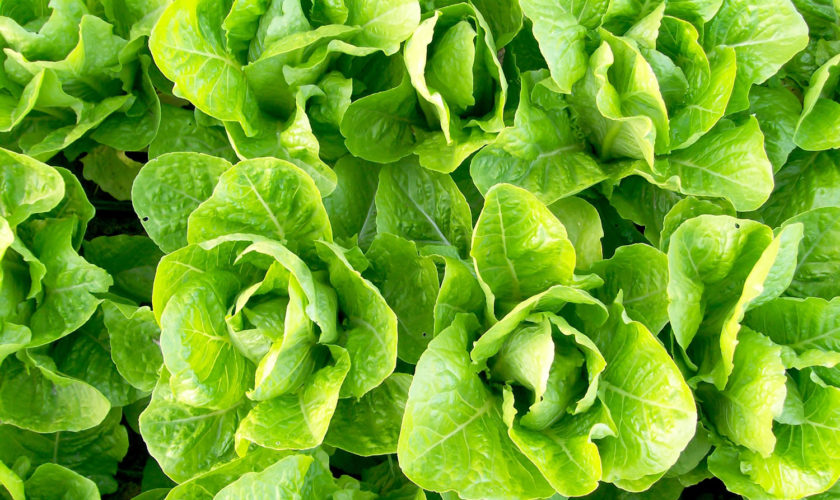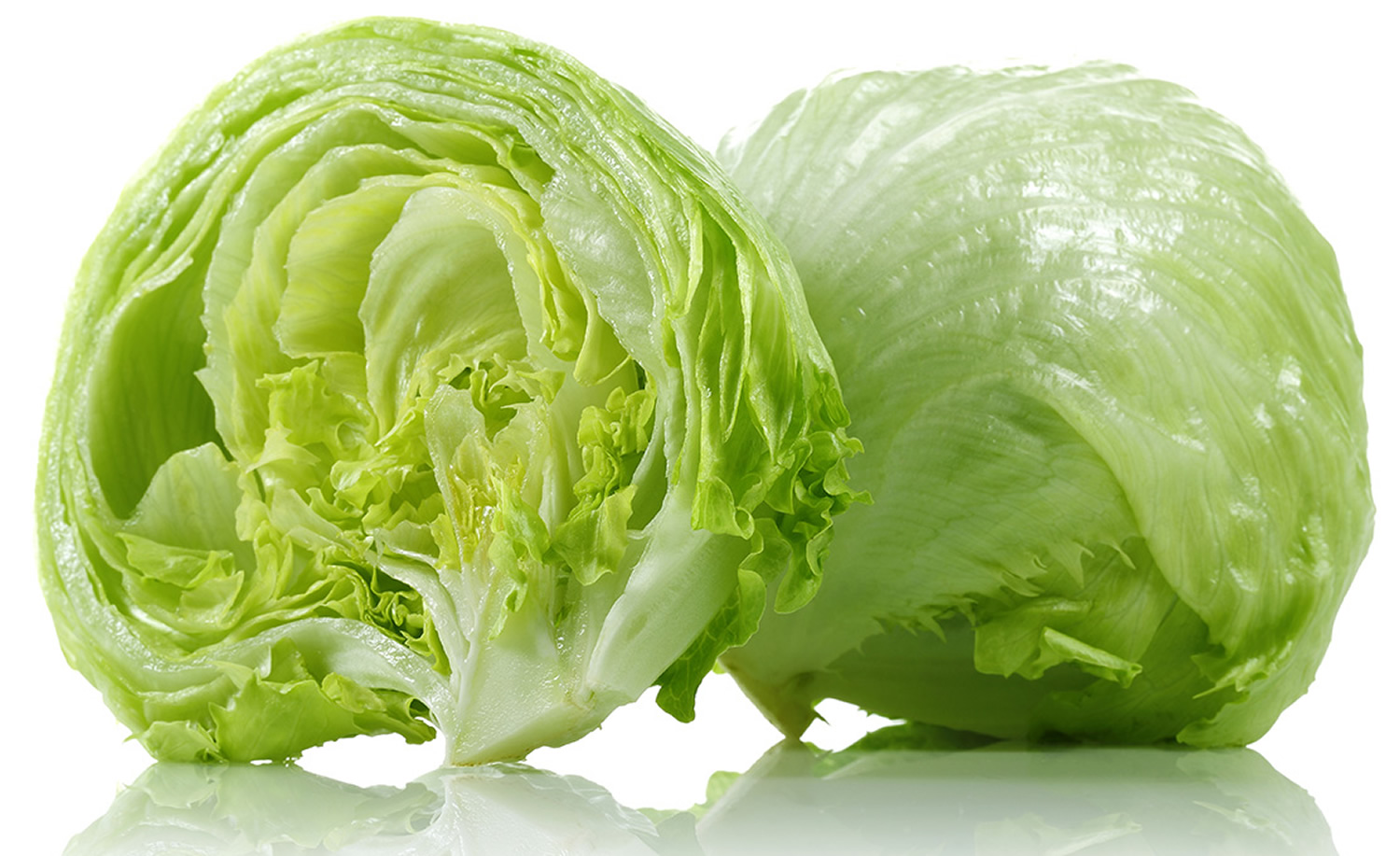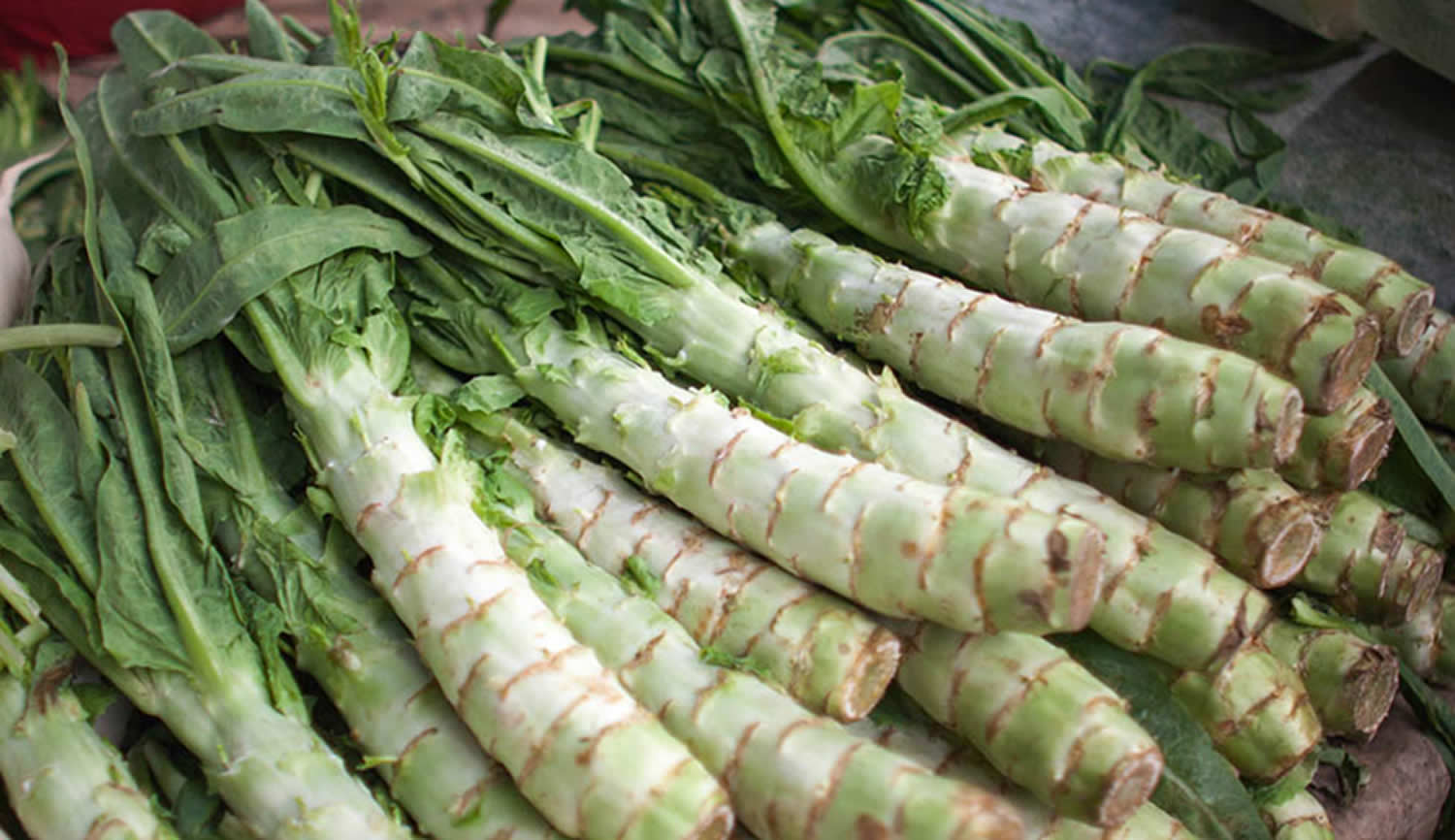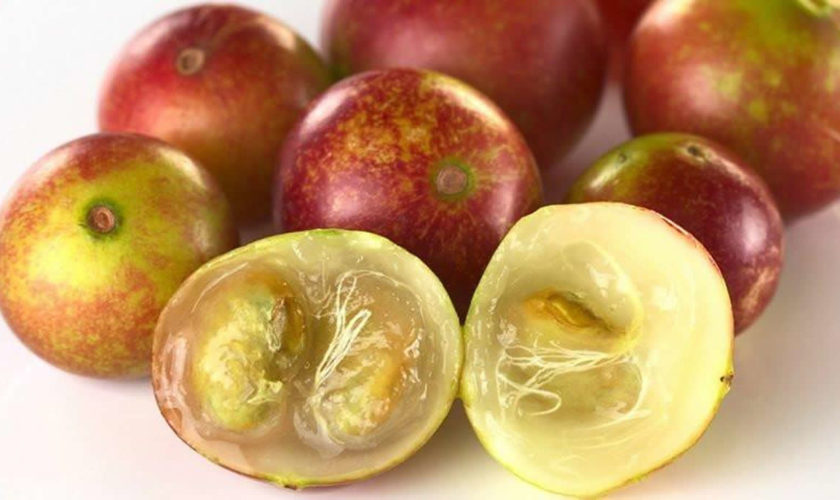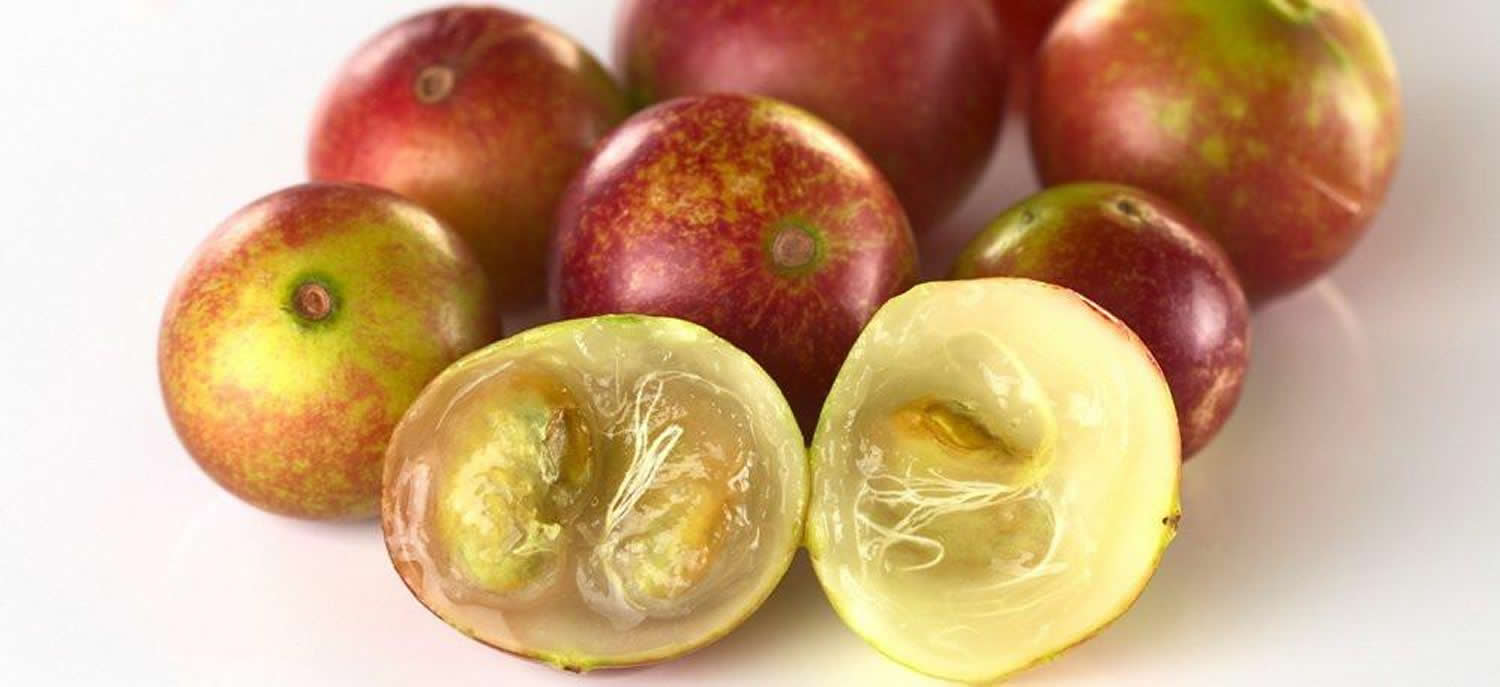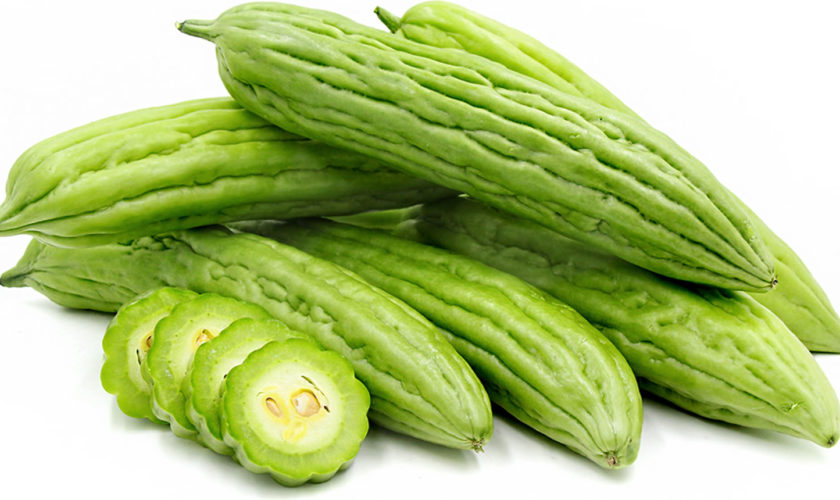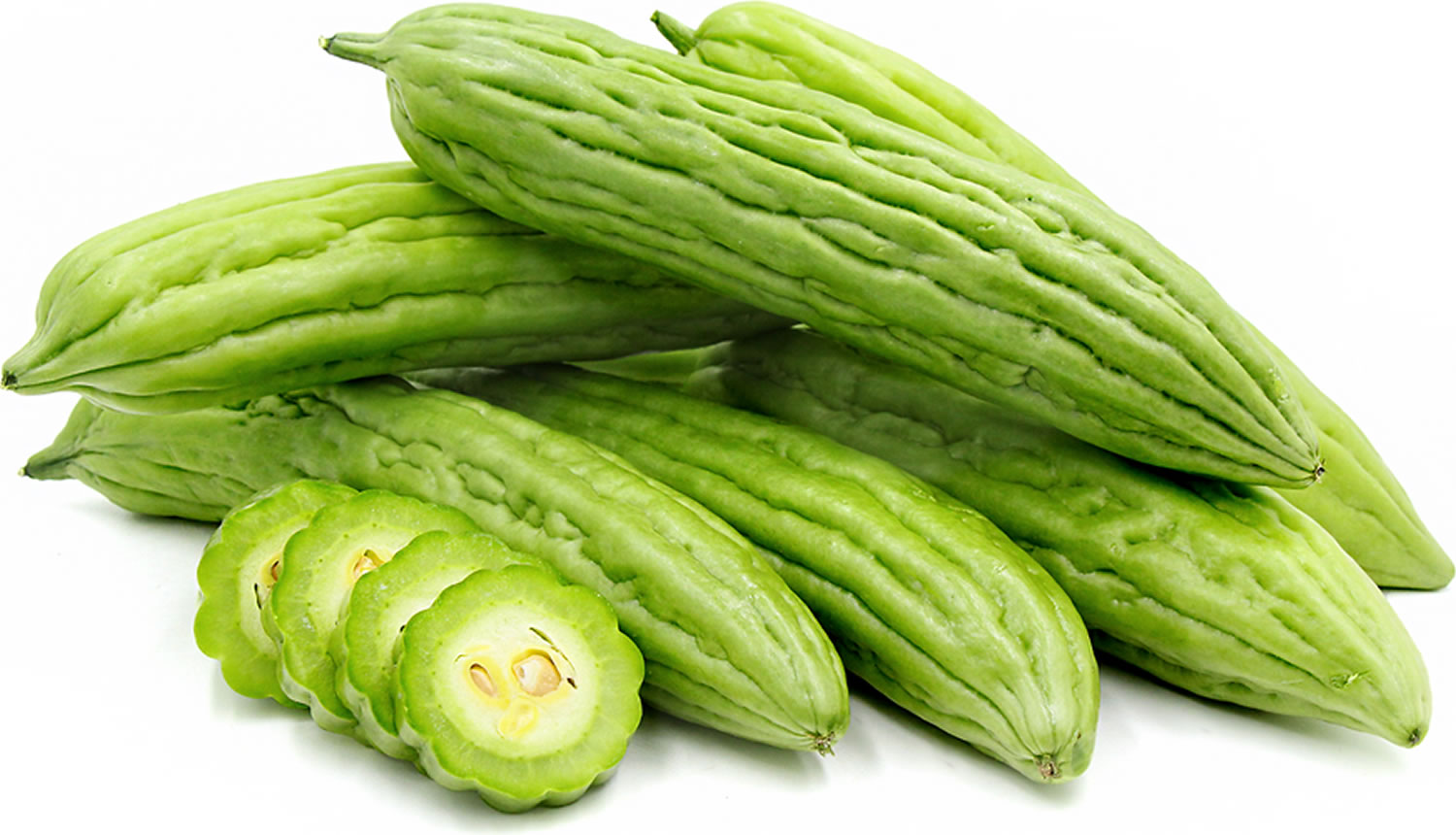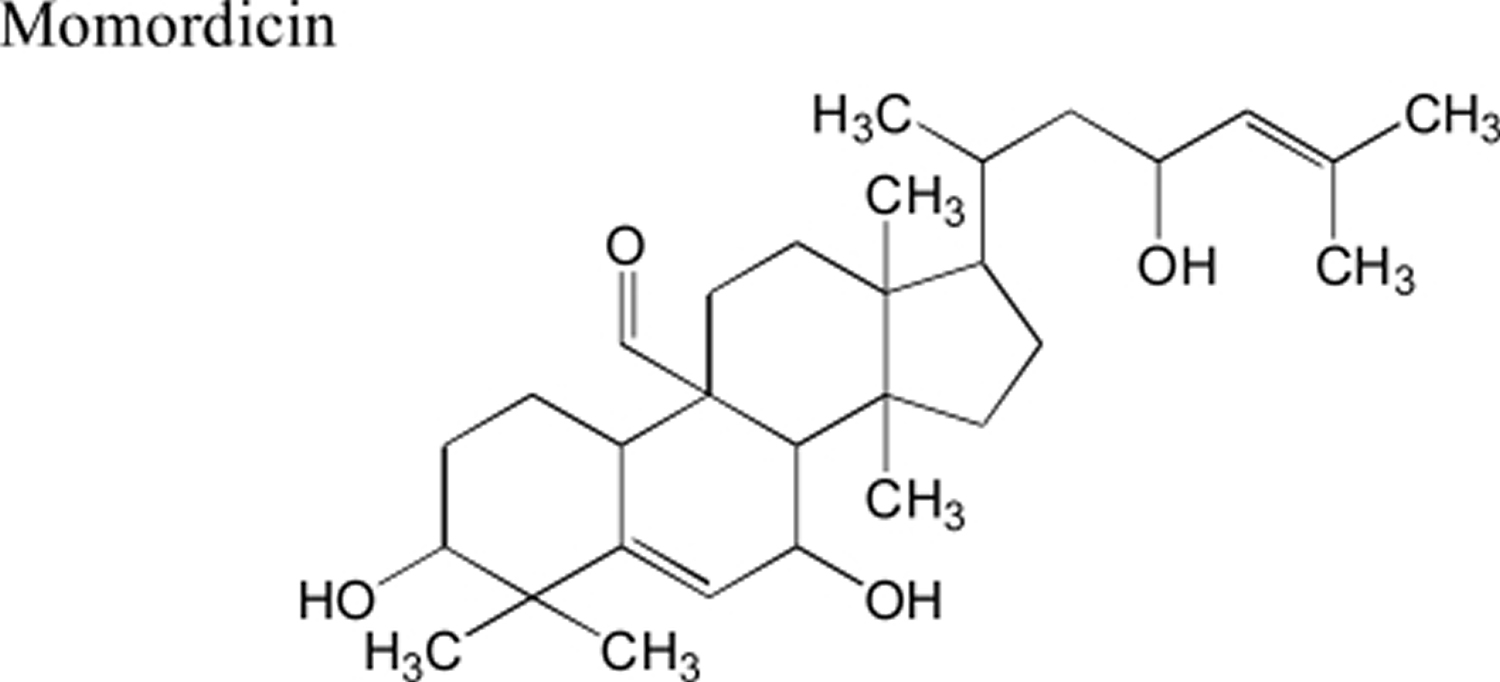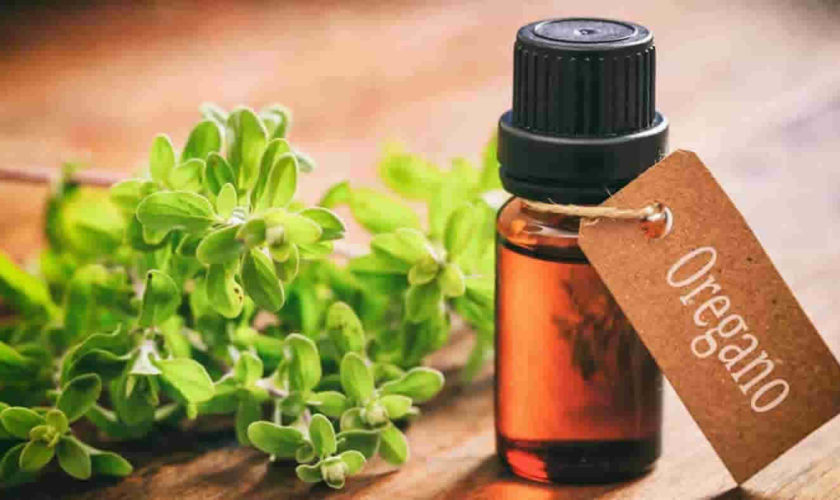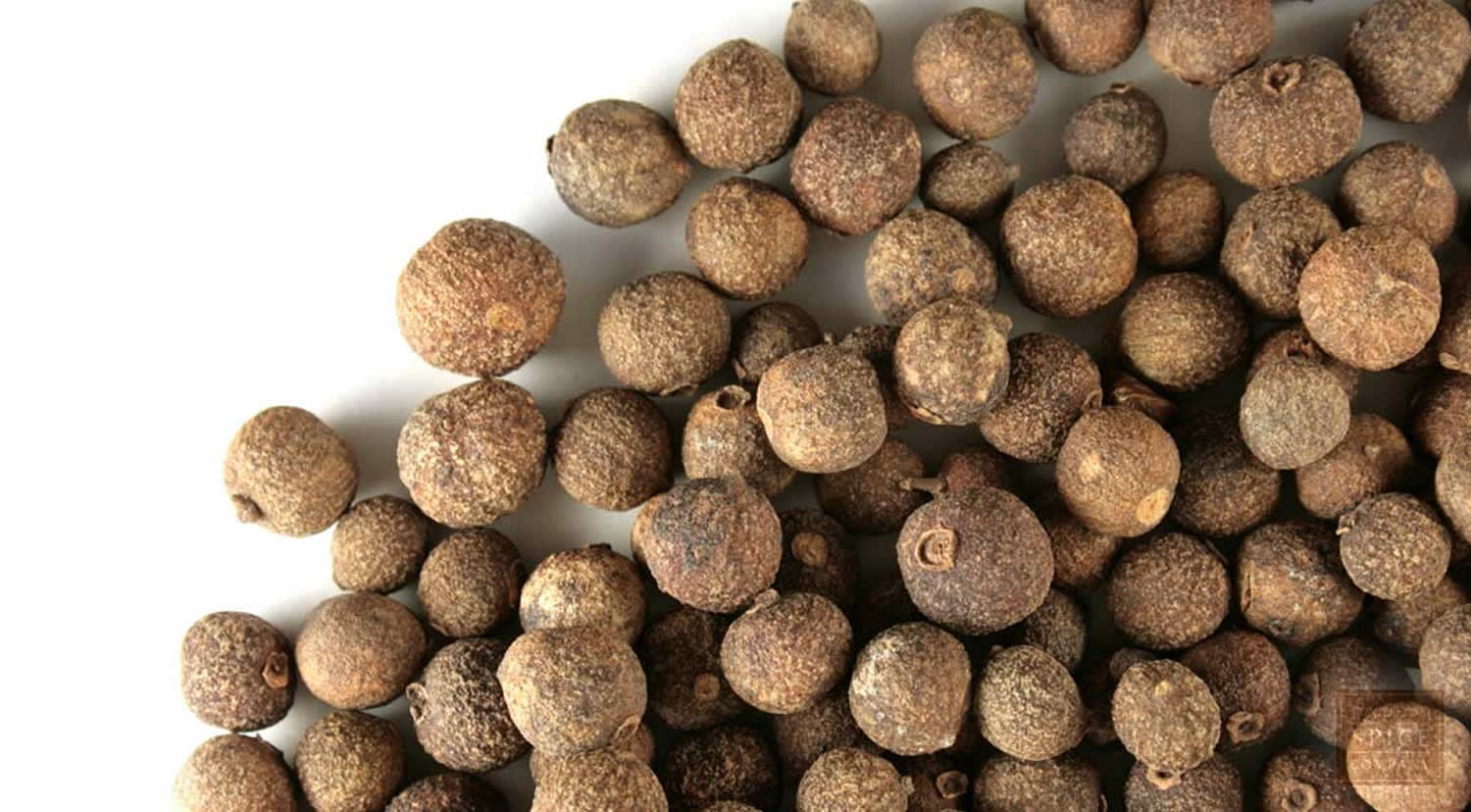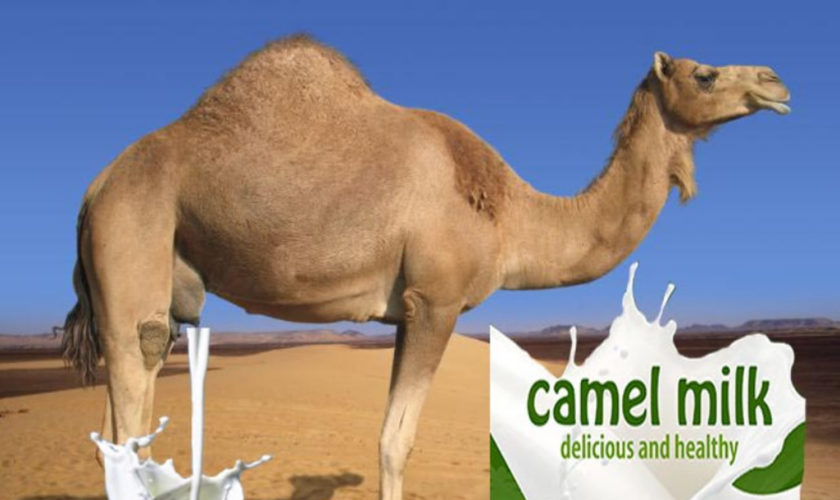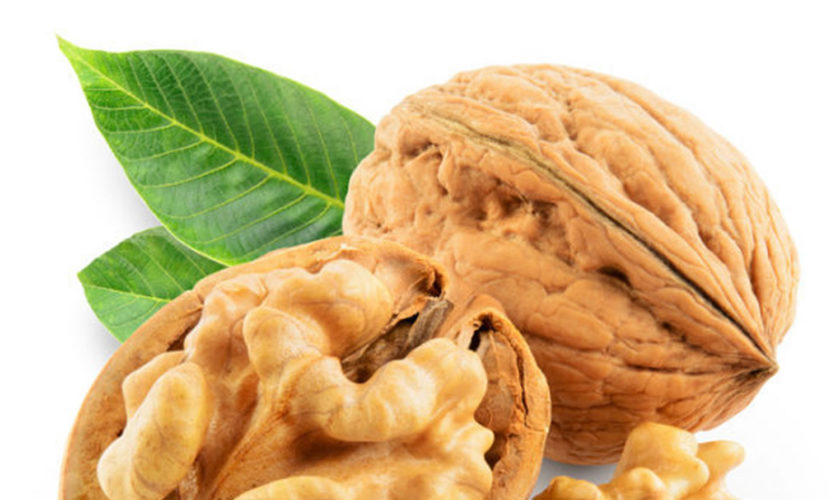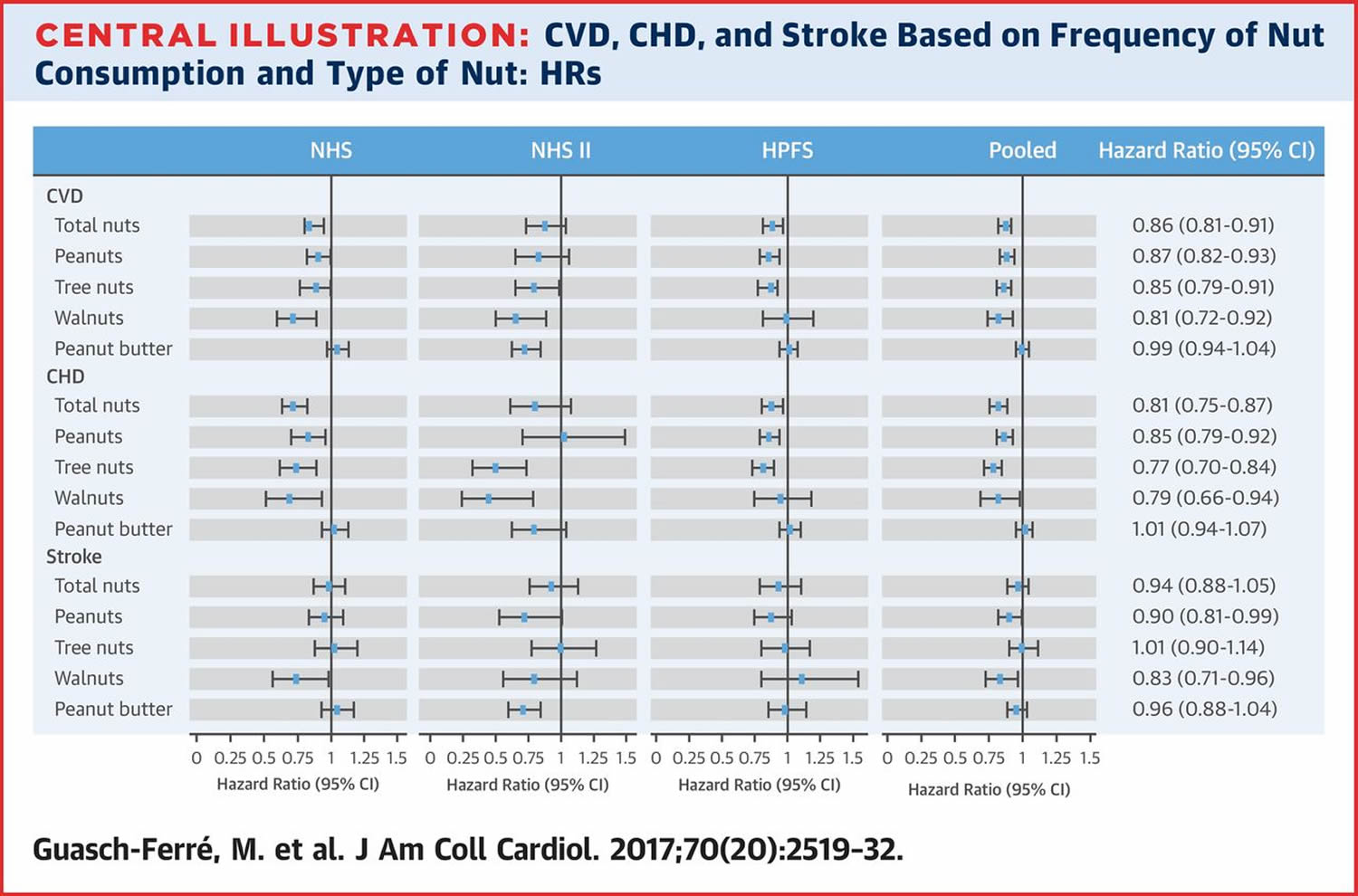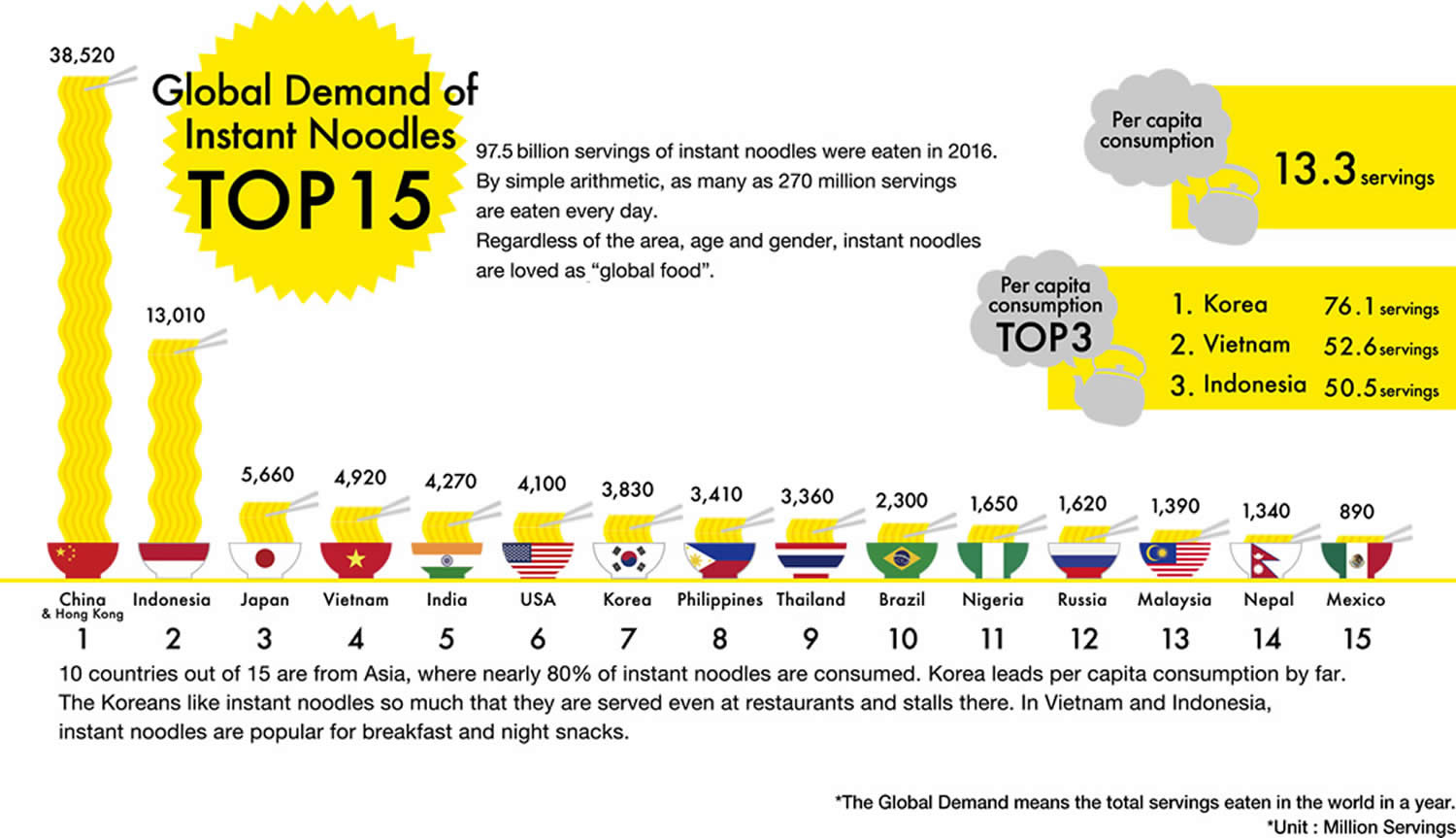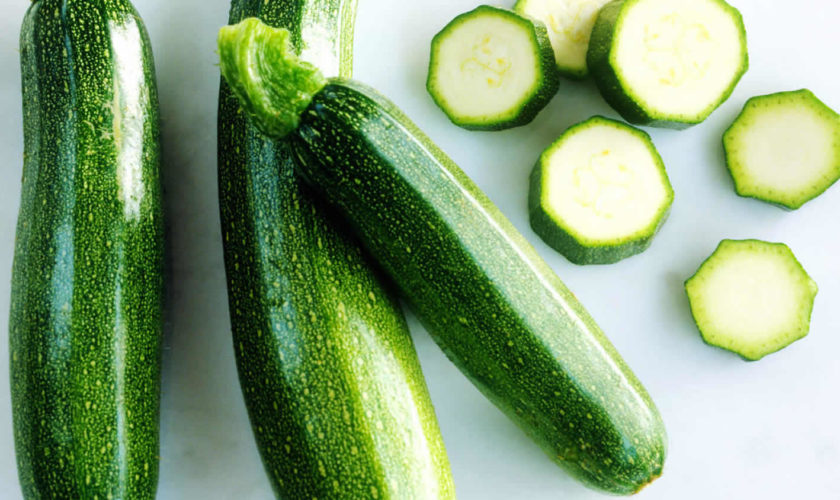Is tuna healthy and good for you ?
A tuna is a saltwater fish that belongs to the tribe Thunnini, a sub-grouping of the mackerel family (Scombridae) 1. Tuna fish comprises fifteen species across five genera, the sizes of which vary greatly, ranging from the bullet tuna [max. length: 50 cm (1.6 ft), weight: 1.8 kg (4 lb)] up to the Atlantic bluefin tuna [max. length: 4.6 m (15 ft), weight: 684 kg (1,508 lb)]. The bluefin averages 2 m (6.6 ft), and is believed to live for up to 50 years.
A new study 2 of dietary habits of more than 70,000 people by California researchers found that those who followed a vegetarian diet had a 22% lower risk of colon cancer than non-vegetarians. When fish was added to a vegetarian diet, the risk reduction was even greater, 43%. Adding fish appears to be a good choice because it contains omega-3 fatty acids, which may be anti-inflammatory, and supplies vitamin D, also linked to lower colorectal cancer risk.
Fish and shellfish provide protein, are low in saturated fat, are rich in many micronutrients, and provide certain omega-3 fatty acids that the body can not make and are important for normal growth and development.
Most fish are an excellent source of high quality protein. Fish are also important sources of selenium, zinc, iodine, iron, and other minerals needed by the body. Fish are natural sources of many B vitamins, and oily fish provide vitamins A and D. Studies with pregnant women have found that the nutritional benefits of fish, like other protein-rich foods, are important for their children’s growth and development during pregnancy and childhood. Most fish are low in fat, and most of the fat that is present in fish is healthy polyunsaturated fat. The polyunsaturated omega-3 fatty acids eicosapentaenoic acid (EPA) and docosahexaenoic acid (DHA) are also present in many types of fish. Research is still underway to determine the health benefits of omega-3 fatty acids.
Omega-3 supplements do not provide protein, vitamins, or minerals. Taking omega-3 supplements instead of eating fish means that you would be missing out on the high quality protein, minerals, and vitamins present in fish that are beneficial to overall health.
The 2015-2020 Dietary Guidelines for Americans 3 recommend increasing the amount of fish, and to choose a variety of fish lower in mercury. According to the Dietary Guidelines for Americans, the recommendation is to eat 8 ounces (227 grams) of high omega-3 fish per week would provide from 186 to 652 mg of EPA (eicosapentaenoic acid) and DHA (docosahexaenoic acid) per day combined in food patterns with 1,000 to 3,200 calories, respectively. Eating 8 ounces of low omega-3 fish per week would only provide from 76 to 265 mg of EPA plus DHA per day over the same calorie range. The recommendation for 8 ounces of high omega-3 fish fish per week does differ greatly from what Americans are currently consuming.
Fish should be eaten in place of other protein sources, such as some meat and poultry. This may also mean paying attention to how the fish are prepared. Broiled fish, for example, typically contain fewer calories than fried fish and can be healthier in other ways as well. Sodium and cholesterol content from the fish or from the cooking process should also be considered as with other aspects of healthy eating. If you are uncertain about what the right number of calories is for you, please visit ChooseMyPlate 4 for information regarding appropriate caloric intake [specific information is available at Body Weight Planner 5]. If you want more information, we recommend that you consult a nutritionist or your physician.
The US Health Authorities have concluded that the following people should eat more fish that is lower in mercury for important developmental and health benefits 6:
- Women of childbearing age (about 16-49 years old)
- Pregnant and breastfeeding women
- Young children
The advice recommends that women and children eat two to three servings (8-12 ounces for adults and children over age 10, smaller amounts for younger children) of a variety of fish and shellfish each week.
Types of tuna fish
Figure 1. Yellowfin tuna
Figure 2. Bluefin tuna
Figure 3. Albacore tuna
What is the difference between albacore (white) tuna and canned light tuna ?
Albacore or white tuna, is larger and lives longer than the fish generally used in canned light tuna. Meanwhile, canned light tuna can be a mix of a variety of generally smaller tuna species, most often skipjack.
I eat a lot of tuna, especially canned light tuna because it is particularly affordable. Is this okay ?
Yes. Canned light tuna is in the “Best Choices” category (see below in Figure 4. US FDA & EPA Advice on Eating Fish) and it is fine to eat 2 to 3 servings per week. The U.S. Food and Drug Administration (FDA) recommends that you eat a variety of fish. You may wish to try other affordable fish in the “Best Choices” category such as canned salmon or sardines, frozen fish, or fresh fish that are at a reduced price.
I eat a lot of tuna, but prefer to eat albacore tuna. Is this okay ?
Albacore tuna, also known as white tuna, typically contains three times more mercury than canned light tuna. You can eat albacore or any of the other fish from the “Good Choices” category once a week.
Tuna nutrition facts
Tuna can be a good source of omega-3 fatty acids. It can contain 300 milligrams (0.011 oz) per serving. However, the level of omega-3 oils found in canned tuna is highly variable, since some common manufacturing methods destroy much of the omega-3 oils in the fish. Tuna is also a good source of protein.
Table 1. Tuna bluefin (raw) nutrition facts
Nutrient | Unit | Value per 100 g | oz 85 g | ||||||||||||||||
|---|---|---|---|---|---|---|---|---|---|---|---|---|---|---|---|---|---|---|---|
| Approximates | |||||||||||||||||||
| Water | g | 68.09 | 57.88 | ||||||||||||||||
| Energy | kcal | 144 | 122 | ||||||||||||||||
| Protein | g | 23.33 | 19.83 | ||||||||||||||||
| Total lipid (fat) | g | 4.90 | 4.17 | ||||||||||||||||
| Carbohydrate, by difference | g | 0.00 | 0.00 | ||||||||||||||||
| Fiber, total dietary | g | 0.0 | 0.0 | ||||||||||||||||
| Sugars, total | g | 0.00 | 0.00 | ||||||||||||||||
| Minerals | |||||||||||||||||||
| Calcium, Ca | mg | 8 | 7 | ||||||||||||||||
| Iron, Fe | mg | 1.02 | 0.87 | ||||||||||||||||
| Magnesium, Mg | mg | 50 | 42 | ||||||||||||||||
| Phosphorus, P | mg | 254 | 216 | ||||||||||||||||
| Potassium, K | mg | 252 | 214 | ||||||||||||||||
| Sodium, Na | mg | 39 | 33 | ||||||||||||||||
| Zinc, Zn | mg | 0.60 | 0.51 | ||||||||||||||||
| Vitamins | |||||||||||||||||||
| Vitamin C, total ascorbic acid | mg | 0.0 | 0.0 | ||||||||||||||||
| Thiamin | mg | 0.241 | 0.205 | ||||||||||||||||
| Riboflavin | mg | 0.251 | 0.213 | ||||||||||||||||
| Niacin | mg | 8.654 | 7.356 | ||||||||||||||||
| Vitamin B-6 | mg | 0.455 | 0.387 | ||||||||||||||||
| Folate, DFE | µg | 2 | 2 | ||||||||||||||||
| Vitamin B-12 | µg | 9.43 | 8.02 | ||||||||||||||||
| Vitamin A, RAE | µg | 655 | 557 | ||||||||||||||||
| Vitamin A, IU | IU | 2183 | 1856 | ||||||||||||||||
| Vitamin E (alpha-tocopherol) | mg | 1.00 | 0.85 | ||||||||||||||||
| Vitamin D (D2 + D3) | µg | 5.7 | 4.8 | ||||||||||||||||
| Vitamin D | IU | 227 | 193 | ||||||||||||||||
| Vitamin K (phylloquinone) | µg | 0.0 | 0.0 | ||||||||||||||||
| Lipids | |||||||||||||||||||
| Fatty acids, total saturated | g | 1.257 | 1.068 | ||||||||||||||||
| Fatty acids, total monounsaturated | g | 1.600 | 1.360 | ||||||||||||||||
| Fatty acids, total polyunsaturated | g | 1.433 | 1.218 | ||||||||||||||||
| Cholesterol | mg | 38 | 32 | ||||||||||||||||
| Other | |||||||||||||||||||
| Caffeine | mg | 0 | 0 | ||||||||||||||||
Table 2. Tuna yellowfin (raw) nutrition facts
Nutrient | Unit | Value per 100 g | oz, boneless 28.35 g | cubic inch, boneless 16 g | oz 85 g | ||||||||||||||
|---|---|---|---|---|---|---|---|---|---|---|---|---|---|---|---|---|---|---|---|
| Approximates | |||||||||||||||||||
| Water | g | 74.03 | 20.99 | 11.84 | 62.93 | ||||||||||||||
| Energy | kcal | 109 | 31 | 17 | 93 | ||||||||||||||
| Protein | g | 24.40 | 6.92 | 3.90 | 20.74 | ||||||||||||||
| Total lipid (fat) | g | 0.49 | 0.14 | 0.08 | 0.42 | ||||||||||||||
| Carbohydrate, by difference | g | 0.00 | 0.00 | 0.00 | 0.00 | ||||||||||||||
| Fiber, total dietary | g | 0.0 | 0.0 | 0.0 | 0.0 | ||||||||||||||
| Sugars, total | g | 0.00 | 0.00 | 0.00 | 0.00 | ||||||||||||||
| Minerals | |||||||||||||||||||
| Calcium, Ca | mg | 4 | 1 | 1 | 3 | ||||||||||||||
| Iron, Fe | mg | 0.77 | 0.22 | 0.12 | 0.65 | ||||||||||||||
| Magnesium, Mg | mg | 35 | 10 | 6 | 30 | ||||||||||||||
| Phosphorus, P | mg | 278 | 79 | 44 | 236 | ||||||||||||||
| Potassium, K | mg | 441 | 125 | 71 | 375 | ||||||||||||||
| Sodium, Na | mg | 45 | 13 | 7 | 38 | ||||||||||||||
| Zinc, Zn | mg | 0.37 | 0.10 | 0.06 | 0.31 | ||||||||||||||
| Vitamins | |||||||||||||||||||
| Vitamin C, total ascorbic acid | mg | 0.0 | 0.0 | 0.0 | 0.0 | ||||||||||||||
| Thiamin | mg | 0.118 | 0.033 | 0.019 | 0.100 | ||||||||||||||
| Riboflavin | mg | 0.115 | 0.033 | 0.018 | 0.098 | ||||||||||||||
| Niacin | mg | 18.475 | 5.238 | 2.956 | 15.704 | ||||||||||||||
| Vitamin B-6 | mg | 0.933 | 0.265 | 0.149 | 0.793 | ||||||||||||||
| Folate, DFE | µg | 2 | 1 | 0 | 2 | ||||||||||||||
| Vitamin B-12 | µg | 2.08 | 0.59 | 0.33 | 1.77 | ||||||||||||||
| Vitamin A, RAE | µg | 18 | 5 | 3 | 15 | ||||||||||||||
| Vitamin A, IU | IU | 60 | 17 | 10 | 51 | ||||||||||||||
| Vitamin E (alpha-tocopherol) | mg | 0.24 | 0.07 | 0.04 | 0.20 | ||||||||||||||
| Vitamin D (D2 + D3) | µg | 1.7 | 0.5 | 0.3 | 1.4 | ||||||||||||||
| Vitamin D | IU | 69 | 20 | 11 | 59 | ||||||||||||||
| Vitamin K (phylloquinone) | µg | 0.1 | 0.0 | 0.0 | 0.1 | ||||||||||||||
| Lipids | |||||||||||||||||||
| Fatty acids, total saturated | g | 0.172 | 0.049 | 0.028 | 0.146 | ||||||||||||||
| Fatty acids, total monounsaturated | g | 0.116 | 0.033 | 0.019 | 0.099 | ||||||||||||||
| Fatty acids, total polyunsaturated | g | 0.147 | 0.042 | 0.024 | 0.125 | ||||||||||||||
| Fatty acids, total trans | g | 0.016 | 0.005 | 0.003 | 0.014 | ||||||||||||||
| Cholesterol | mg | 39 | 11 | 6 | 33 | ||||||||||||||
| Other | |||||||||||||||||||
| Caffeine | mg | 0 | 0 | 0 | 0 | ||||||||||||||
Table 3. Tuna skipjack (raw) nutrition facts
Nutrient | Unit | Value per 100 g | oz 85 g | fillet 198 g | |||||||||||||||
|---|---|---|---|---|---|---|---|---|---|---|---|---|---|---|---|---|---|---|---|
| Proximates | |||||||||||||||||||
| Water | g | 70.58 | 59.99 | 139.75 | |||||||||||||||
| Energy | kcal | 103 | 88 | 204 | |||||||||||||||
| Protein | g | 22.00 | 18.70 | 43.56 | |||||||||||||||
| Total lipid (fat) | g | 1.01 | 0.86 | 2.00 | |||||||||||||||
| Carbohydrate, by difference | g | 0.00 | 0.00 | 0.00 | |||||||||||||||
| Fiber, total dietary | g | 0.0 | 0.0 | 0.0 | |||||||||||||||
| Minerals | |||||||||||||||||||
| Calcium, Ca | mg | 29 | 25 | 57 | |||||||||||||||
| Iron, Fe | mg | 1.25 | 1.06 | 2.48 | |||||||||||||||
| Magnesium, Mg | mg | 34 | 29 | 67 | |||||||||||||||
| Phosphorus, P | mg | 222 | 189 | 440 | |||||||||||||||
| Potassium, K | mg | 407 | 346 | 806 | |||||||||||||||
| Sodium, Na | mg | 37 | 31 | 73 | |||||||||||||||
| Zinc, Zn | mg | 0.82 | 0.70 | 1.62 | |||||||||||||||
| Vitamins | |||||||||||||||||||
| Vitamin C, total ascorbic acid | mg | 1.0 | 0.8 | 2.0 | |||||||||||||||
| Thiamin | mg | 0.033 | 0.028 | 0.065 | |||||||||||||||
| Riboflavin | mg | 0.100 | 0.085 | 0.198 | |||||||||||||||
| Niacin | mg | 15.400 | 13.090 | 30.492 | |||||||||||||||
| Vitamin B-6 | mg | 0.850 | 0.723 | 1.683 | |||||||||||||||
| Folate, DFE | µg | 9 | 8 | 18 | |||||||||||||||
| Vitamin B-12 | µg | 1.90 | 1.61 | 3.76 | |||||||||||||||
| Vitamin A, RAE | µg | 16 | 14 | 32 | |||||||||||||||
| Vitamin A, IU | IU | 52 | 44 | 103 | |||||||||||||||
| Lipids | |||||||||||||||||||
| Fatty acids, total saturated | g | 0.328 | 0.279 | 0.649 | |||||||||||||||
| Fatty acids, total monounsaturated | g | 0.190 | 0.161 | 0.376 | |||||||||||||||
| Fatty acids, total polyunsaturated | g | 0.315 | 0.268 | 0.624 | |||||||||||||||
| Cholesterol | mg | 47 | 40 | 93 | |||||||||||||||
Table 4. Tuna white, canned in water, drained solids nutrition facts
Nutrient | Unit | Value per 100 g | oz 85 g | can 172 g | |||||||||||||||
|---|---|---|---|---|---|---|---|---|---|---|---|---|---|---|---|---|---|---|---|
| Approximates | |||||||||||||||||||
| Water | g | 73.19 | 62.21 | 125.89 | |||||||||||||||
| Energy | kcal | 128 | 109 | 220 | |||||||||||||||
| Protein | g | 23.62 | 20.08 | 40.63 | |||||||||||||||
| Total lipid (fat) | g | 2.97 | 2.52 | 5.11 | |||||||||||||||
| Carbohydrate, by difference | g | 0.00 | 0.00 | 0.00 | |||||||||||||||
| Fiber, total dietary | g | 0.0 | 0.0 | 0.0 | |||||||||||||||
| Sugars, total | g | 0.00 | 0.00 | 0.00 | |||||||||||||||
| Minerals | |||||||||||||||||||
| Calcium, Ca | mg | 14 | 12 | 24 | |||||||||||||||
| Iron, Fe | mg | 0.97 | 0.82 | 1.67 | |||||||||||||||
| Magnesium, Mg | mg | 33 | 28 | 57 | |||||||||||||||
| Phosphorus, P | mg | 217 | 184 | 373 | |||||||||||||||
| Potassium, K | mg | 237 | 201 | 408 | |||||||||||||||
| Sodium, Na | mg | 377 | 320 | 648 | |||||||||||||||
| Zinc, Zn | mg | 0.48 | 0.41 | 0.83 | |||||||||||||||
| Vitamins | |||||||||||||||||||
| Vitamin C, total ascorbic acid | mg | 0.0 | 0.0 | 0.0 | |||||||||||||||
| Thiamin | mg | 0.008 | 0.007 | 0.014 | |||||||||||||||
| Riboflavin | mg | 0.044 | 0.037 | 0.076 | |||||||||||||||
| Niacin | mg | 5.799 | 4.929 | 9.974 | |||||||||||||||
| Vitamin B-6 | mg | 0.217 | 0.184 | 0.373 | |||||||||||||||
| Folate, DFE | µg | 2 | 2 | 3 | |||||||||||||||
| Vitamin B-12 | µg | 1.17 | 0.99 | 2.01 | |||||||||||||||
| Vitamin A, RAE | µg | 6 | 5 | 10 | |||||||||||||||
| Vitamin A, IU | IU | 20 | 17 | 34 | |||||||||||||||
| Vitamin E (alpha-tocopherol) | mg | 0.85 | 0.72 | 1.46 | |||||||||||||||
| Vitamin D (D2 + D3) | µg | 2.0 | 1.7 | 3.4 | |||||||||||||||
| Vitamin D | IU | 80 | 68 | 138 | |||||||||||||||
| Vitamin K (phylloquinone) | µg | 2.5 | 2.1 | 4.3 | |||||||||||||||
| Lipids | |||||||||||||||||||
| Fatty acids, total saturated | g | 0.792 | 0.673 | 1.362 | |||||||||||||||
| Fatty acids, total monounsaturated | g | 0.784 | 0.666 | 1.348 | |||||||||||||||
| Fatty acids, total polyunsaturated | g | 1.109 | 0.943 | 1.907 | |||||||||||||||
| Cholesterol | mg | 42 | 36 | 72 | |||||||||||||||
| Other | |||||||||||||||||||
| Caffeine | mg | 0 | 0 | 0 | |||||||||||||||
Table 5. Tuna white, canned in oil, drained solids nutrition facts
Nutrient | Unit | Value per 100 g | oz 85 g | can 178 g | |||||||||||||||
|---|---|---|---|---|---|---|---|---|---|---|---|---|---|---|---|---|---|---|---|
| Approximates | |||||||||||||||||||
| Water | g | 64.02 | 54.42 | 113.96 | |||||||||||||||
| Energy | kcal | 186 | 158 | 331 | |||||||||||||||
| Protein | g | 26.53 | 22.55 | 47.22 | |||||||||||||||
| Total lipid (fat) | g | 8.08 | 6.87 | 14.38 | |||||||||||||||
| Carbohydrate, by difference | g | 0.00 | 0.00 | 0.00 | |||||||||||||||
| Fiber, total dietary | g | 0.0 | 0.0 | 0.0 | |||||||||||||||
| Sugars, total | g | 0.00 | 0.00 | 0.00 | |||||||||||||||
| Minerals | |||||||||||||||||||
| Calcium, Ca | mg | 4 | 3 | 7 | |||||||||||||||
| Iron, Fe | mg | 0.65 | 0.55 | 1.16 | |||||||||||||||
| Magnesium, Mg | mg | 34 | 29 | 61 | |||||||||||||||
| Phosphorus, P | mg | 267 | 227 | 475 | |||||||||||||||
| Potassium, K | mg | 333 | 283 | 593 | |||||||||||||||
| Sodium, Na | mg | 396 | 337 | 705 | |||||||||||||||
| Zinc, Zn | mg | 0.47 | 0.40 | 0.84 | |||||||||||||||
| Vitamins | |||||||||||||||||||
| Vitamin C, total ascorbic acid | mg | 0.0 | 0.0 | 0.0 | |||||||||||||||
| Thiamin | mg | 0.017 | 0.014 | 0.030 | |||||||||||||||
| Riboflavin | mg | 0.079 | 0.067 | 0.141 | |||||||||||||||
| Niacin | mg | 11.698 | 9.943 | 20.822 | |||||||||||||||
| Vitamin B-6 | mg | 0.430 | 0.365 | 0.765 | |||||||||||||||
| Folate, DFE | µg | 5 | 4 | 9 | |||||||||||||||
| Vitamin B-12 | µg | 2.20 | 1.87 | 3.92 | |||||||||||||||
| Vitamin A, RAE | µg | 5 | 4 | 9 | |||||||||||||||
| Vitamin A, IU | IU | 16 | 14 | 28 | |||||||||||||||
| Vitamin E (alpha-tocopherol) | mg | 2.30 | 1.95 | 4.09 | |||||||||||||||
| Vitamin K (phylloquinone) | µg | 6.9 | 5.9 | 12.3 | |||||||||||||||
| Lipids | |||||||||||||||||||
| Fatty acids, total saturated | g | 1.280 | 1.088 | 2.278 | |||||||||||||||
| Fatty acids, total monounsaturated | g | 3.262 | 2.773 | 5.806 | |||||||||||||||
| Fatty acids, total polyunsaturated | g | 2.972 | 2.526 | 5.290 | |||||||||||||||
| Cholesterol | mg | 31 | 26 | 55 | |||||||||||||||
| Other | |||||||||||||||||||
| Caffeine | mg | 0 | 0 | 0 | |||||||||||||||
Tuna Health Benefits
Fish is a very important part of a healthy diet. Fish and other seafood are the major sources of healthful long-chain omega-3 fats [DHA (docosahexaenoic acid) & eicosapentaenoic acid (EPA)] and are also rich in other nutrients such as vitamin D and selenium, high in protein, and low in saturated fat. There is strong evidence that eating fish and/or taking fish oil is good for the heart and blood vessels. An analysis of 20 studies involving hundreds of thousands of participants indicates that eating approximately one to two 3-ounce servings of fatty fish a week—salmon, herring, mackerel, anchovies, or sardines—reduces the risk of dying from heart disease by 36 percent 8.
Eating fish fights heart disease in several ways. The omega-3 fats in fish protect the heart against the development of erratic and potentially deadly cardiac rhythm disturbances. They also lower blood pressure and heart rate, improve blood vessel function, and, at higher doses, lower triglycerides and may ease inflammation. The strong and consistent evidence for benefits is such that the Dietary Guidelines for Americans 9, the American Heart Association 10 and others suggest that everyone eat fish twice a week 11, 12.
Unfortunately, fewer than one in five Americans heeds that advice. About one-third of Americans eat seafood once a week, while nearly half eat fish only occasionally or not at all 13. Although some people may simply not like fish, the generally low consumption is likely also caused by other factors, including perceptions about cost, access to stores that sell fish, and uncertainty about how to prepare or cook fish. Still others may avoid seafood because they worry that they—or their children—will be harmed by mercury, pesticide residues, or other possible toxins that are in some types of fish.
Here’s what’s known about the benefits and risks of eating fish and other seafood:
- Known or likely benefits: In a comprehensive analysis of human studies, Harvard School of Public Health professors Dariush Mozaffarian and Eric Rimm calculated that eating about 2 grams per week of omega-3 fatty acids in fish, equal to about one or two servings of fatty fish a week, reduces the chances of dying from heart disease by more than one-third 8. Both observational studies and controlled trials have also demonstrated that the omega-3 fats in fish are important for optimal development of a baby’s brain and nervous system, and that the children of women who consume lower amounts of fish or omega-3’s during pregnancy and breast-feeding have evidence of delayed brain development.
- Possible benefits: Eating fish once or twice a week may also reduce the risk of stroke, depression, Alzheimer’s disease, and other chronic conditions 14.
Tuna Safety and Risk Factors
Eating Fish: What Pregnant Women and Parents Should Know
In 2014, the U.S. Food and Drug Administration (FDA) in coordination with the Environmental Protection Agency (EPA), issued an advisory 15 about the risks of methylmercury in fish and shellfish, in order to improve its understanding of health effects on U.S. consumers from eating commercial fish, specifically the effects on the developing nervous system of the fetus from the consumption of commercial fish during pregnancy. Methylmercury is a neurotoxin when exposure to it is high enough, can cause developmental delays when young or unborn children are exposed. This sensitivity was demonstrated in industrial poisoning events in Japan and Iraq in the last century that caused exposures to methylmercury hundreds of times higher than they are from typical fish consumption. The advisory therefore targeted parents of young children, pregnant women, women who may become pregnant, and nursing mothers. Methylmercury is in most if not all fish, at least in trace amounts.
To complicate that question, substantial evidence has emerged within the past decade that fish consumption during pregnancy can benefit the developing nervous system even though fish contain methylmercury. Whether this benefit is due solely to omega-3 fatty acids in fish or to some combination of nutrients that could include omega-3 fatty acids is not yet well understood. Nonetheless, evidence for beneficial effects on neurodevelopment in addition to adverse effects on the same endpoint raises important public health questions. Under what circumstances is eating fish during pregnancy likely to be harmful or beneficial to the developing fetus ? How harmful or beneficial are these effects likely to be ? Which of these effects or both, are actually occurring in the United States and under what circumstances ? What would be the consequences for fetal neurodevelopment if fish consumption were different ?
Figure 4. US FDA & EPA Advice on Eating Fish
[Source 16]Beneficial net effects of eating fish were consistently associated with consumption during pregnancy that exceeded to some extent 12 ounces or two servings of fish per week, the ceiling recommended in 2004 for pregnant women by FDA and the Environmental Protection Agency (EPA) and the high end of the 8-12 ounces of fish per week now recommended for pregnant women by the Dietary Guidelines for Americans 2010 edition.
The FDA assessment estimates that for each of the endpoints modeled, consumption of commercial fish during pregnancy is net beneficial for most children in the United States. On a population basis, average neurodevelopment in this country is estimated to benefit by nearly 0.7 of an IQ point from maternal consumption of commercial fish. For comparison purposes, the average population-level benefit for early age verbal development is equivalent in size to 1.02 of an IQ point. For a sensitive endpoint as estimated by tests of later age verbal development, the average population-level benefit from fish consumption is estimated to be 1.41 verbal IQ points.
The FDA assessment also estimates that a mean maximum improvement of about 3 IQ points is possible from fish consumption, depending on the types and amounts of fish consumed. Fish lower in methylmercury generally produce larger benefits than fish higher in methylmercury and the likelihood of an adverse net effect is lower. Amounts needed to obtain the largest benefits, e.g. , the most IQ points, can vary depending on fish species, but in the hypothetical scenarios modeled in this assessment, the largest benefits on a population-wide basis occur red when all pregnant women ate 12 ounces of a variety of fish per week. By contrast, an FDA survey of young women indicates that pregnant women eat slightly less than two ounces of fish per week.
Almost all fish species and market fish/shellfish types are estimated to become net beneficial at relatively low levels of consumption, although the size of any net benefit is somewhat smaller than it otherwise would be due to methylmercury. This beneficial net effect increases along with consumption until a maximum possible benefit is reached. This benefit is estimated to be around 3 IQ points when IQ is the endpoint and equivalent in size to two IQ points when early age verbal development is the endpoint. Consumption beyond an amount necessary to obtain the maximum possible benefit causes the net benefit to become smaller because exposure to methylmercury continues to increase. If consumption becomes great enough, the net benefit can disappear and be replaced by net adverse effects.
This phenomenon, in which fish convey a net benefit that increases with consumption until a beneficial plateau is reached, followed by a decrease in net benefit that can be replaced by a net adverse effect if consumption becomes high enough, is estimated to occur for most species of commercial fish. For species that are lower in methylmercury, the size of the maximum possible net benefit is estimated to be higher than it is for species that are higher in methylmercury and the amounts per week that must be consumed to become net adverse is greater. For species that are very low in methylmercury, the amount needed to become net adverse can be high to the point of being essentially unreachable. But for the minority of species that are relatively high in methylmercury, that amount is reachable by high-end consumers of those species. Moreover, some fish highest in methylmercury could possibly become net adverse almost immediately.
A combination of very low fish consumption by many women and substantial consumption of high methylmercury fish by some women would appear to be the most plausible explanation for adverse net effects much beyond one percent of children – and even possibly for adverse net effects through one percent.
Questions & Answers on What Pregnant Women and Parents Should Know about Eating Fish
What are mercury and methylmercury ?
Mercury is an element that occurs naturally in the environment and is also released to the environment through many types of human activity. It can collect in streams, lakes, and oceans and is turned into methylmercury in the water or sediment. It is this type of mercury that is present in fish. Methylmercury can be harmful to the brain and nervous system if a person is exposed to too much of it over time.
Is there methylmercury in all fish ?
Nearly all fish contain at least traces of methylmercury. Fish absorb methylmercury from the food they eat. It tends to build up more in some types of fish than others, especially in larger fish that eat other fish and those fish that live longer.
Should I not eat fish during pregnancy in order to avoid mercury ?
No, fish can contribute to a healthy diet before and during pregnancy and while breastfeeding. Studies with pregnant women have found that the nutritional benefits of fish, like other protein-rich foods, are important for their child’s growth and development during pregnancy and childhood. This is especially true when the fish is lower in mercury. Most people eat less than the recommended amount of fish, both in general and during pregnancy. A 2005 FDA survey found pregnant women typically ate only 2 ounces of fish a week. The chart in this advice shows which fish are the best choices for women who are pregnant, might become pregnant, or are breastfeeding, or for young children.
Can cleaning or preparing (e.g., cooking) my fish reduce the amount of mercury that might be present ?
No. Mercury is found throughout the tissue in fish, so cleaning or cooking will not reduce the amount of mercury. The way to reduce the amount of mercury is to eat the fish shown on the chart identified as the “Best Choices.”
Should I be concerned if I eat one serving of the fish listed in the “Choices to Avoid” category ?
No, but going forward, choose from fish from the “Best Choices” or “Good Choices” categories. Just try to avoid eating the “Choices to Avoid” fish or feeding them to children. We recommend you eat a variety of fish from the “Best Choices” and “Good Choices” categories on the chart.
Are there other contaminants in fish ?
Yes, however, FDA has found that the levels of other contaminants in commercial fish generally do not raise human health concerns. For many years, FDA has sampled and tested commercial seafood for pesticides and industrial chemicals as well as other heavy metals besides mercury and the results are available on FDA’s website:
Levels of other contaminants vary by location and fish species. State and local health departments or fish and game agencies provide advice on other contaminants, such as polychlorinated biphenyls (PCBs) in fish from particular bodies of water. People who catch their own fish for recreation or as a source of protein in their diets should check for fish advisories for both fresh and marine waters.
It is a good idea to remove skin, fat, and internal organs where other types of harmful pollutants may accumulate for fish you and your friends catch before you cook these fish. This is particularly true because fish from some local waters may be more likely to contain other contaminants.
And remember – eat a variety of fish, not just the same type every time you eat fish. There are plenty of fish shown on the chart to choose from, so there are fish for every taste.
How do I use the chart ?
Fish are a high quality protein source, and lower mercury fish are a good choice for everyone. This advice is specifically for women who are pregnant, might become pregnant or are breastfeeding, and for young children, but everyone can follow this advice.
Use the chart to help you choose which fish to eat each week. Eating a variety of fish is better for you and your child than eating the same type every time.
You can eat 2 to 3 servings a week of fish in the “Best Choices” category, based on a serving size of four ounces, in the context of a total healthy diet.
You can eat 1 serving a week of fish in the “Good Choices” category.
You should not eat fish in the “Choices to Avoid” category or feed them to young children. However, if you do, eat fish with lower mercury levels in the following weeks.
How did you decide which fish went in each category ?
The FDA/EPA took a cautious and highly protective approach in determining which fish belonged in each category. They calculated how many servings the average pregnant woman could eat in a week using information on mercury content of each fish type from FDA’s database for commercial fish and other sources. If she could eat that fish at least three times a week, then they listed it in the “Best Choices” category. If she could eat that fish only once a week, or twice but not three times a week, then they listed it in the “Good Choices” category. If she could not eat a serving of that fish once a week, then they listed the fish in the “Choices to Avoid” category.
How can some fish be in more than one category ?
There are different types (or species) of tuna, such as albacore, bigeye, and yellowfin. Some types of tuna that are bigger or live longer tend to have higher mercury levels, and that is why they are in different categories. So, canned light tuna is in the “Best Choices” category. Albacore (or white) tuna and yellowfin tuna are in the “Good Choices” category, and bigeye tuna is in the “Choices to Avoid.” In addition, fish of the same species that are caught in different geographic locations can vary in mercury content. For example, tilefish are in two categories because tilefish in the Gulf of Mexico have higher mercury levels than those in the Atlantic Ocean.
Why are some fish not on the chart ?
If you are looking for a species of fish that is not on the chart, such as mussels, that means the FDA/EPA did not have enough reliable mercury data to include it. The FDA/EPA plan to update the chart as they get more data.
How can I find out more details on the mercury levels in fish ?
Go to the FDA page that shows the average mercury levels in commercial fish here 19.
Table 6. FDA Average Mercury Level in Commercial Fish
| Fish species | Mercury concentration average (µg/g or ppm) | Mercury concentration 95% confidence interval (µg/g or ppm) | Number of samples | Fish category |
|---|---|---|---|---|
| Anchovy | 0.02 | 0.01, 0.02 | 15 | Best choice |
| Atlantic croaker | 0.07 | 0.06, 0.08 | 90 | Best choice |
| Atlantic mackerel | 0.05 | NC | 80 | Best choice |
| Black sea bass | 0.13 | 0.10, 0.16 | 29 | Best choice |
| Bluefish | 0.37 | 0.33, 0.42 | 94 | Good choice |
| Buffalofish | 0.14 | 0.10, 0.19 | 17 | Good choice |
| Butterfish | 0.06 | NC | 89 | Best choice |
| Carp | 0.11 | 0.06, 0.16 | 14 | Good choice |
| Catfish | 0.02 | 0.01, 0.04 | 59 | Best choice |
| Chilean sea bass/Patagonian toothfish | 0.35 | 0.29, 0.43 | 74 | Good choice |
| Clam | 0.01 | 0.00, 0.01 | 15 | Best choice |
| Cod | 0.11 | 0.09, 0.14 | 115 | Best choice |
| Crab | 0.06 | 0.05, 0.09 | 93 | Best choice |
| Crawfish | 0.03 | 0.03, 0.04 | 46 | Best choice |
| Flatfish (flounder, plaice, sole) | 0.06 | 0.04, 0.07 | 71 | Best choice |
| Grouper | 0.45 | 0.38, 0.52 | 53 | Good choice |
| Haddock | 0.06 | 0.05, 0.06 | 50 | Best choice |
| Hake | 0.08 | 0.06, 0.10 | 49 | Best choice |
| Halibut | 0.24 | 0.20, 0.29 | 101 | Good choice |
| Herring | 0.08 | 0.04, 0.13 | 27 | Best choice |
| King mackerel | 0.73 | NC | 213 | Avoid |
| Lobster | 0.1 | 0.06, 0.14 | 22 | Best choice |
| Mahi mahi / dolphinfish | 0.18 | 0.14, 0.22 | 29 | Good choice |
| Marlin | 0.49 | 0.38, 0.60 | 16 | Avoid |
| Monkfish | 0.16 | 0.11, 0.21 | 11 | Good choice |
| Mullet | 0.05 | 0.02, 0.09 | 20 | Best choice |
| Orange roughy | 0.57 | 0.53, 0.61 | 81 | Avoid |
| Oyster | 0.01 | 0.00, 0.02 | 61 | Best choice |
| Pacific chub mackerel | 0.09 | NC | 30 | Best choice |
| Perch, freshwater | 0.15 | 0.10, 0.20 | 19 | Best choice |
| Perch, ocean | 0.12 | 0.08, 0.17 | 31 | Best choice |
| Pickerel | 0.09 | 0.05, 0.14 | 16 | Best choice |
| Pollock | 0.03 | 0.02, 0.05 | 95 | Best choice |
| Rockfish | 0.23 | 0.17, 0.30 | 19 | Good choice |
| Sablefish | 0.36 | 0.28, 0.45 | 26 | Good choice |
| Salmon, canned | 0.01 | 0.005, 0.02 | 19 | Best choice |
| Salmon, fresh/frozen | 0.02 | 0.02, 0.03 | 94 | Best choice |
| Sardine | 0.01 | 0.01, 0.02 | 90 | Best choice |
| Scallop | <0.01 | 0.00, 0.01 | 39 | Best choice |
| Shad | 0.04 | 0.02, 0.06 | 15 | Best choice |
| Shark | 0.98 | 0.91, 1.05 | 356 | Avoid |
| Sheepshead | 0.09 | 0.06, 0.12 | 8 | Good choice |
| Shrimp | 0.01 | 0.01, 0.01 | 40 | Best choice |
| Skate | 0.14 | NC | 56 | Best choice |
| Smelt | 0.08 | 0.05, 0.13 | 23 | Best choice |
| Snapper | 0.17 | 0.12, 0.23 | 67 | Good choice |
| Spanish mackerel | 0.35 | NC | 109 | Good choice |
| Squid | 0.02 | 0.02, 0.03 | 36 | Best choice |
| Striped bass (ocean) | 0.07 | 0.04, 0.11 | 41 | Good choice |
| Swordfish | 1 | 0.95, 1.04 | 636 | Avoid |
| Tilapia | 0.01 | 0.01, 0.02 | 32 | Best choice |
| Tilefish (from Gulf of Mexico) | 1.45 | NC | 60 | Avoid |
| Tilefish (from Atlantic Ocean) | 0.14 | 0.11, 0.19 | 32 | Good choice |
| Trout, freshwater | 0.07 | 0.03, 0.12 | 35 | Best choice |
| Tuna, albacore / white tuna, canned | 0.35 | 0.34, 0.36 | 451 | Good choice |
| Tuna, albacore / white tuna, fresh/frozen | 0.36 | 0.32, 0.40 | 43 | Good choice |
| Tuna, bigeye | 0.69 | 0.56, 0.84 | 21 | Avoid |
| Tuna, light, canned (includes skipjack) | 0.13 | 0.12, 0.14 | 548 | Best choice |
| Tuna, yellowfin | 0.35 | 0.33, 0.39 | 231 | Good choice |
| Weakfish/seatrout | 0.23 | 0.18, 0.30 | 46 | Good choice |
| White croaker/Pacific croaker | 0.29 | 0.25, 0.32 | 15 | Good choice |
| Whitefish | 0.09 | 0.06, 0.12 | 37 | Best choice |
| Whiting | 0.05 | 0.03, 0.07 | 13 | Best choice |
NC = not calculated
[Source 20]What is a serving ?
For adults, a typical serving is 4 ounces of fish, measured before cooking. The FDA advice is to eat 2 to 3 servings of a variety of cooked fish or about 8 to 12 ounces, in a week.
How can I tell how much 4 ounces is ?
Four ounces is about the size and thickness of an adult’s palm.
What happens if I eat less fish than the 2 to 3 servings a week you recommend ?
You could miss out on the high quality protein, minerals and vitamins present in fish that are beneficial to overall health. Simply try to eat the recommended amount from a variety of fish in the following weeks. Our advice is provided as a general guideline for how much fish to eat weekly.
What happens if I eat more than 3 servings of fish in a week ?
Try to vary the fish you eat. If you eat more than 3 servings in a week and some include fish with higher mercury levels, try to eat fish with lower mercury levels in the following weeks.
Should I make any changes to the advice based on my weight ?
The advice provided here is intended as a general guideline. Women who weigh less than the average (165 pounds) may wish to eat smaller portions or to eat two servings of fish a week instead of three.
Is it true that pregnant women and young children should avoid raw fish ?
Yes. The 2015-2020 Dietary Guidelines for Americans and FDA recommend that pregnant women and young children should only eat foods with fish, meat, poultry, or eggs that have been cooked to safe internal temperatures to protect against microbes that might be in those foods. This includes raw fish served as part of sushi or sashimi (Japanese-style foods) that are available in many restaurants and food stores. Pregnant women and young children often have weaker immune systems and are more at risk for foodborne illnesses.
What if I cannot or do not eat fish? Will my baby be okay ?
Fish is one source of high quality protein, minerals and vitamins that are beneficial to overall health. You can have a healthy baby even if you don’t eat fish.
I’m a woman who could have children but I’m not pregnant. Why should I follow this advice ?
If you could become pregnant in the next year, we encourage you to begin following this advice now. Eating 2 to 3 servings of a variety of fish a week along with other protein-rich foods can help your child’s growth and development, and following the recommendations for how often to eat the various fish types is also important. That’s because mercury in fish can accumulate in your body over time. While mercury is removed from the body naturally, the process can take several months. So, following this advice before pregnancy can benefit the developing child, especially during the important first trimester.
What advice do you have about eating fish for people who are not pregnant, will not become pregnant, or are not breastfeeding ?
Fish are a high quality protein source, and lower mercury fish are a good choice for everyone. This advice is specifically for women who are pregnant, might become pregnant or are breastfeeding, and for young children, but everyone can follow this advice.
Should children eat fish and if so, how much ?
Yes, fish, like other protein-rich foods, is good for a child’s growth and development. We recommend serving fish to children 1-2 times per week from a variety of fish, but the portion sizes should be smaller than adult portions and right for your child’s age and total calorie needs. On average, a serving size is about 1 ounce for children ages 2-3 years, 2 ounces for children ages 4-7 years, 3 ounces for children ages 8-10 years and 4 ounces for children 11 years and older. For more information, please see our technical page.
At what age can I start giving my child fish ?
Parents can feed fish to young children, but should not feed fish to children younger than 6 months of age. Because fish, and particularly shellfish, are regarded as major potential allergens, parents feeding fish to their children for the first time should monitor for signs of an allergic reaction before feeding a second time.
What if I eat fish caught by family and friends ?
When eating fish you or others have caught, pay attention to fish advisories on those water bodies. There are waters where there may have been little or no monitoring and, therefore, the extent of potential mercury contamination is unknown. If advice isn’t available, you should limit your consumption of that fish to one serving per week and not eat any other fish that week. Adults should eat no more than 6 ounces that week, children under the age of six should limit their consumption of these fish to 1 to 2 ounces per week, and older children (ages six to twelve) should limit their consumption to 2 to 3 ounces per week. Again, neither adults nor children should eat other fish that week.
Where do I get information about the safety of fish caught by family or friends ?
Check the applicable fishing regulations booklet or website for information about recreationally caught fish. Local, state, and tribal health departments and fish and game agencies also have information about advisories for consuming fish in their jurisdiction. Also see EPA’s website for fish consumption advisories 21, 22.
- Tuna comparative physiology. Journal of Experimental Biology 2004 207: 4015-4024; doi: 10.1242/jeb.01267 http://jeb.biologists.org/content/207/23/4015[↩]
- Vegetarian Dietary Patterns and the Risk of Colorectal Cancers. JAMA Intern Med. 2015;175(5):767-776. doi:10.1001/jamainternmed.2015.59 https://jamanetwork.com/journals/jamainternalmedicine/fullarticle/2174939[↩]
- U.S. Department of Health and Human Services. https://health.gov/dietaryguidelines/[↩]
- ChooseMyPlate. https://www.choosemyplate.gov/[↩]
- Body Weight Planner. https://www.supertracker.usda.gov/bwp/index.html[↩]
- 2017 EPA-FDA Advice about Eating Fish and Shellfish. https://www.epa.gov/fish-tech/2017-epa-fda-advice-about-eating-fish-and-shellfish[↩]
- United States Department of Agriculture Agricultural Research Service. National Nutrient Database for Standard Reference Release 28. https://ndb.nal.usda.gov/ndb/search/list[↩][↩][↩][↩][↩]
- Mozaffarian D, Rimm EB. Fish intake, contaminants, and human health: evaluating the risks and the benefits. JAMA. 2006; 296:1885-99. https://jamanetwork.com/journals/jama/fullarticle/203640[↩][↩]
- Dietary Guidelines for Americans. https://health.gov/dietaryguidelines/[↩]
- Kris-Etherton PM, Harris WS, Appel LJ. Fish consumption, fish oil, omega-3 fatty acids, and cardiovascular disease. Circulation. 2002; 106:2747-57. http://circ.ahajournals.org/content/106/21/2747.long[↩]
- Seafood Choices: Balancing Risks and Benefits. Institute of Medicine: Washington, D.C., 2007. https://www.nap.edu/catalog/11762/seafood-choices-balancing-benefits-and-risks[↩]
- Questions & Answers from the FDA/EPA Advice on What Pregnant Women and Parents Should Know about Eating Fish. https://www.fda.gov/Food/ResourcesForYou/Consumers/ucm534873.htm[↩]
- Attitudes and Beliefs About Eating Fish: A National Opinion Survey Conducted for The Center for Food, Nutrition and Agriculture Policy. http://agnr.umd.edu/[↩]
- Raji CA, Erikson KI, Lopez OL, Kuller LH, Gach HM, Thompson PM, Riverol M, Becker JT. Regular fish consumption and age-related brain gray matter loss. Am J. of Prev Med. 2014; 47(4):444-51. http://www.ajpmonline.org/article/S0749-3797(14)00257-8/fulltext[↩]
- A QUANTITATIVE ASSESSMENT OF THE NET EFFECTS ON FETAL NEURODEVELOPMENT FROM EATING COMMERCIAL FISH. https://www.fda.gov/downloads/Food/FoodborneIllnessContaminants/Metals/UCM396785.pdf[↩]
- Eating Fish: What Pregnant Women and Parents Should Know. U.S. Food and Drug Administration. https://www.fda.gov/Food/ResourcesForYou/Consumers/ucm393070.htm[↩]
- Pesticide Residue Monitoring Program. https://www.fda.gov/Food/FoodborneIllnessContaminants/Pesticides/ucm2006797.htm[↩]
- Total Diet Study. https://www.fda.gov/Food/FoodScienceResearch/TotalDietStudy/ucm184293.htm[↩]
- Technical Information on Development of Fish Consumption Advice – FDA/EPA Advice on What Pregnant Women and Parents Should Know about Eating Fish. https://www.fda.gov/Food/FoodborneIllnessContaminants/Metals/ucm531136.htm#table[↩]
- Technical Information on Development of Fish Consumption Advice – FDA/EPA Advice on What Pregnant Women and Parents Should Know about Eating Fish. https://www.fda.gov/Food/FoodborneIllnessContaminants/Metals/ucm531136.htm[↩]
- Choose Fish and Shellfish Wisely. https://www.epa.gov/choose-fish-and-shellfish-wisely[↩]
- Advisories and Technical Resources for Fish and Shellfish Consumption. https://www.epa.gov/fish-tech[↩]
